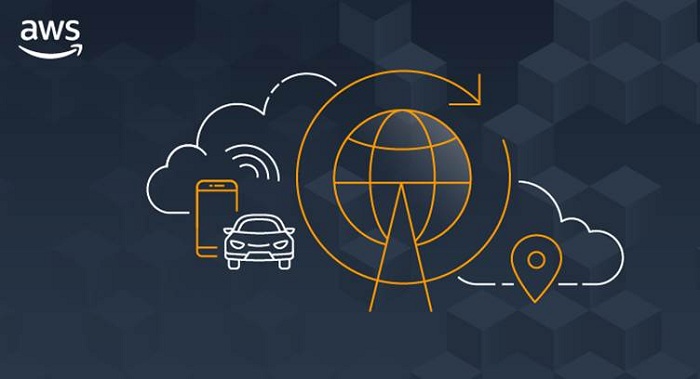Bell’s Amazon Web Services (AWS) partnership reached a new milestone this week with the commercial launch of multi-access edge computing (MEC) services.
The Canadian telco has been working with the hyperscaler since last summer to overhaul its business and consumer. The agreement also encompasses the rollout of AWS Wavelength, which puts AWS storage and compute resources at the edge of Bell’s 5G network. Tuesday saw the country’s first AWS Wavelength Zone go live in Toronto. Other locations are in the pipeline, but Bell didn’t disclose exactly where and when they will be available.
“With general availability of AWS Wavelength Zones on Canada’s fastest network, it becomes possible for businesses to tap into all-new capabilities, reaching new markets and serving customers in exciting new ways. With our help, customers are thinking bigger, innovating faster and pushing boundaries like never before,” exclaimed Jeremy Wubs, SVP of product, marketing and professional services at Bell Business Markets, in a statement.
Amazon also stands to benefit a great deal from this partnership, because now it is in a position to offer edge capabilities to any AWS customer that might have a use for it.
“We are particularly excited about our deep collaboration with Bell as it accelerates innovation across Canada, by offering access to 5G edge technology to the whole AWS ecosystem of partners and customers,” said George Elissaios, director and general manager, EC2 core product management, at AWS. “This enables any enterprise or developer with an AWS account to power new kinds of mobile applications that require ultra-low latencies, massive bandwidth, and high speeds.”
Bell revealed no fewer than three corporate clients that are already using, or plan to use its new edge offering.
Fashion retailer Rudsak said it is already using Bell’s edge service to offer virtual shopping experiences. Customers can use their smartphone or VR headset to browse products and chat to staff at special in-store events streamed over the network by 360-degree cameras.
“The best experiences…depend on high-quality, low-latency connectivity. A choppy video feed can take customers out of the moment and make it difficult for them to have a positive shopping experience. For those using full headsets, just a fraction of a second’s delay between turning their heads and the video feed catching up can induce headaches or dizziness,” said Bell.
Tiny Mile, which offers food delivery via small, remote-controlled vehicles, hopes that edge connectivity will enable more advanced driving features, such as obstacle detection and collision avoidance. Putting these capabilities in an edge cloud reduces the burden on the delivery vehicle, allowing it to carry more cargo.
Last but not least, Drone Delivery Canada (DDC), which as the name suggests is a drone-based courier service, will collaborate with Bell to see how MEC can improve autonomous drone performance.
“Technological advancements like Bell 5G, multi-access edge computing, GPS-independent location tracking, computational offloading, IoT and smart grids will position DDC for the next generation of advanced and novel drone applications in logistics, as well as mobile real-time imaging and sensor data analytics,” said DDC chief executive Steve Magirias, in a separate statement. “Our focus on a very broad range of drone applications fits perfectly with the wide-ranging capabilities of Bell.”
After years of the telecoms industry hyping up edge, it must be encouraging for Bell and AWS to see that customers themselves also understand how their businesses can profit from this technology, and are willing to take the plunge and actually spend money on it.



















